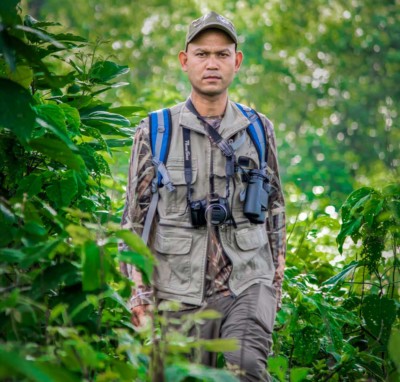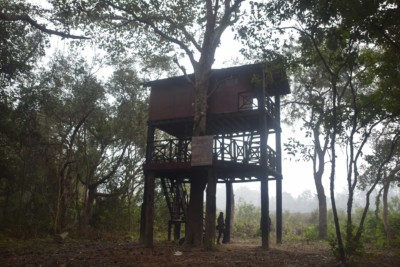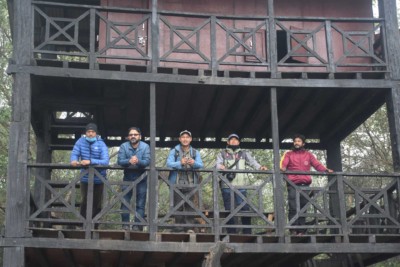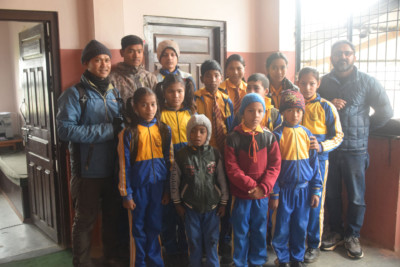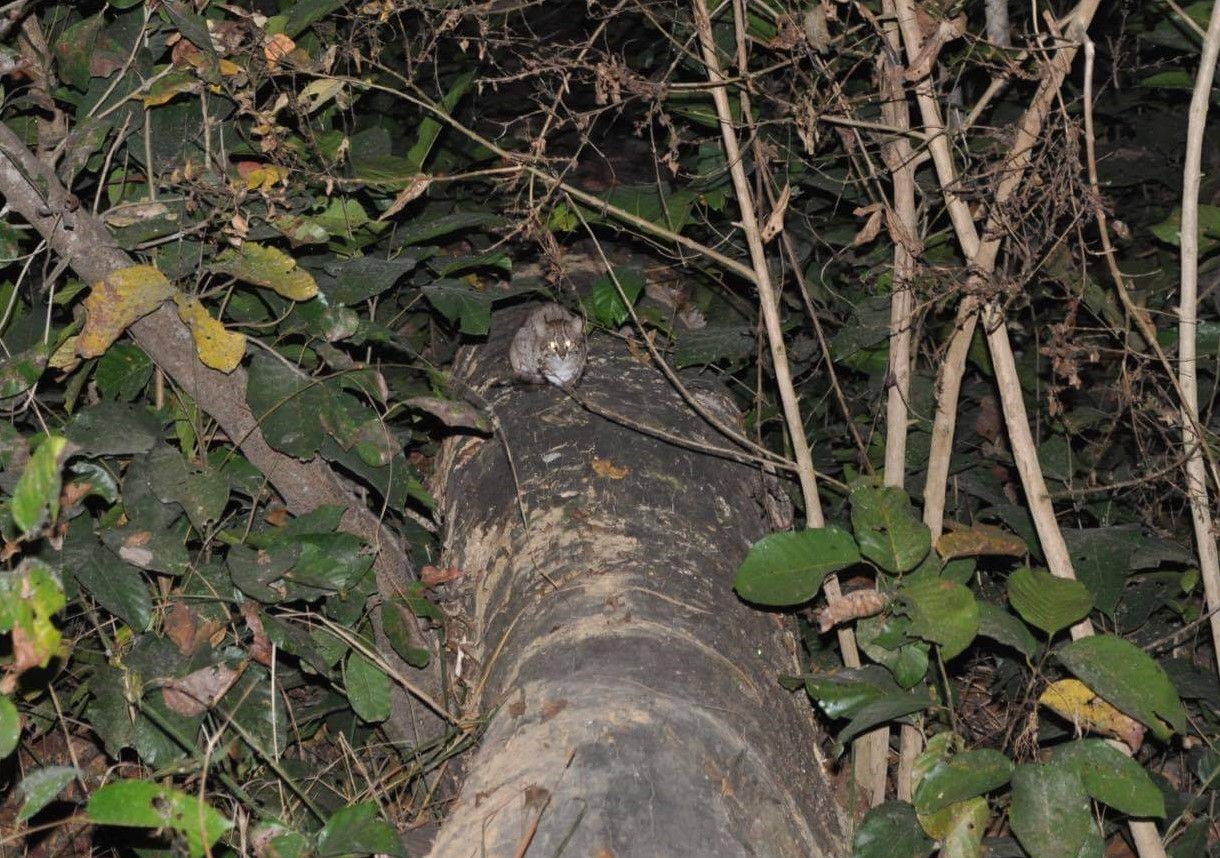
Project title
Conservation of Rusty-spotted cat in Bardiya, Nepal
Project leader
Rajan Chaudhary
Project location
Latitude: 28.365190 Longitude: 81.365320
Project summary
Forty-three years ago, Rajan Chaudhary was the last of his siblings to be born into a poor indigenous Tharu family in a rural village adjacent to Bardiya National Park in Nepal. Following the tiger attack that killed his oldest brother, Rajan’s family struggled to make ends meet. Unlike his sisters, Rajan was fortunate to attend high school. Rajan’s earliest memories are of the birds and wildlife he often observed while working his family garden. Despite the past tragedy, Rajan’s fascination with nature overcame his fears. For more than two decades, Rajan has dedicated himself to protecting Bardiya’s forests and wildlife, and helping the local community. Several documentaries have been made about Bardiya NP, and it turns out Rajan was the man behind the cinematographers.
While working as a nature guide for an American guest in 2012, Rajan photographed a Rusty-spotted cat, the first record of the species in Nepal. To accommodate tourists, Rajan built a tree house, in collaboration of local communities, the first of its kind in Nepal. The income from tourists are used to support some of the local community’s needs such as health care and children’s education, thereby turning wildlife viewing into a valued community resource.
The national and international guests spending the night in the tree house experience a closeness to nature. Guests and the tree house are monitored by local staff appointed by a committee. The income from the tree house has enabled children of poor families, especially those who have lost family members to tigers and suffered crop damage by elephants, to receive basic elementary schooling.
The success of Rajan’s tree house gave the community a positive attitude toward wildlife. However, Rusty-spotted cats, Jungle cats and Leopards frequently preyed upon chickens, goats and pigs that families depended on for food. Rajan quickly solved those problems with a hammer, saw, nails, and chicken wire. Moreover, led by Rajan, the community stopped cutting trees and began planting trees. Today, more than 25,000 native trees have restored degraded areas. Rajan’s tree house concept was adopted by other neighboring communities.
Goal of the project
The goal of the project is to ensure the long-term survival of the Rusty-spotted cat in Bardiya, Nepal.
Objectives of the project
- To reduce the immediate threats (habitat loss, poaching, road kills and retaliatory killings) of Rusty-spotted cat and other sympatric cats in Bardiya, Nepal
- To raise awareness about the Rusty-spotted cat in Bardiya, Nepal
To promote coexistence between small wild cats and local communities in Bardiya, Nepal

